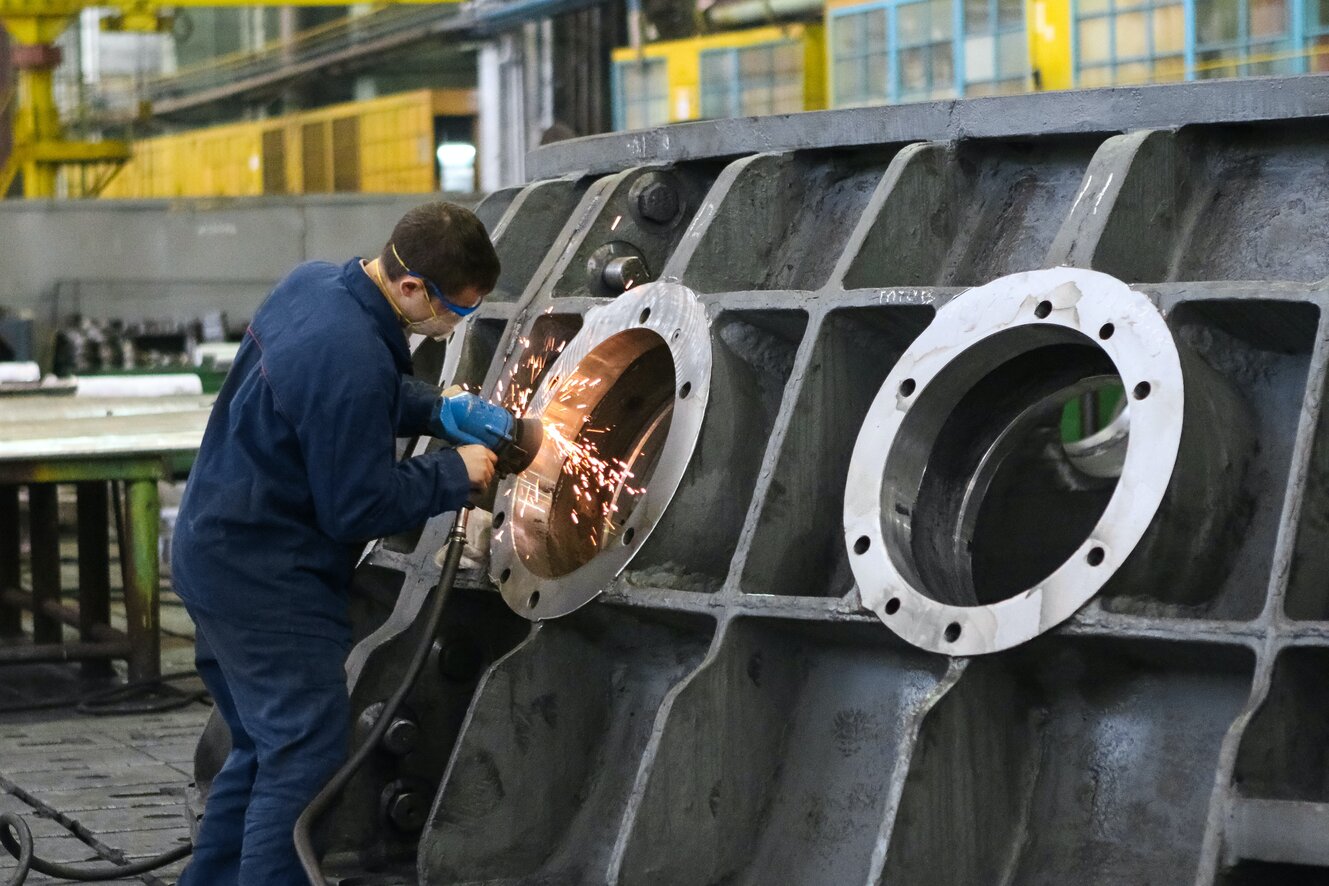
Capitalizing and expensing assist in determining how cost shows on your company’s financial statement. If you are an accountant or are exploring a career in finance, you may have knowledge of capitalizing and expensing.
Your understanding of financial principles can be increased, and you can improve your professional finance talents by learning how to capitalize and expense costs. So, let’s dive straight into it!
What Is Capitalization?
An expense can be capitalized if it is anticipated to be paid for over a longer period of time. In this case, it will show up as an asset on your business’s balance sheet. Capitalization refers to deferring the recognition of a cost as an expense to a later period; more precisely, more than one period.
A capitalization limit is typically placed on lower-cost expenses that may not have yet been used in order to prevent the accounting department from having to keep track of an overwhelming number of assets. Normally, this threshold is established at a few thousand dollars, after which all costs are deducted from revenue.
What’s an example of a capitalized cost? A company spends $50,000 on a delivery van that it intends to last for five years. Using this data, the expense is classified as a fixed asset and depreciated over a five-year period.
What Is Depreciation?
Depreciation represents cost reduction and is a fixed business expense. Businesses are able to deduct the cost of recently acquired tangible assets under IRS regulations. They spread out their expenses over several years, and a specified sum is allotted annually over the course of the depreciable asset’s life.
The IRS permits a variety of methods for depreciating assets. The sum-of-years digits, declining balance, and straight-line depreciation are three examples of depreciation methods. In order to learn how to depreciate equipment, please visit FinImpact for all the details.
The Difference Between Capitalization and Depreciation
Although they are linked and similar, there are several important practical differences between capitalization and depreciation.
Depreciation is the process of gradually returning an expense to the income statement, whereas capitalization is the act of shifting an expense from the income statement to the balance sheet.
Tax authorities typically mandate that firms depreciate significant purchases over time instead of recording them as costs in the tax year in which they are made. This inhibits businesses from lowering their income and tax liabilities if they still have the option to sell assets to pay their obligations.
What Is Expensing?
When a company expenses a cost, they record it as an expense on its income statement. Then, they can determine their profits for the period by deducting the cost’s value from the period’s income.
An expensed cost shows on an organization’s income statement or statement of cash flows, not the balance sheet; thus, it is not recorded there as an asset. A business may pay less in taxes as a result of expensing a cost because it allows them to submit their expenses more quickly.
What’s an example of an expensed cost? A business compensates its employees for the work they complete on its behalf. Given that this compensation expense is incurred during the reporting period, it is expensed. Since the payments have no obvious economic worth in the future, they cannot be capitalized.
Capitalized vs. Expensed Costs – Similarities and Differences
Here is a comparison between capitalizing and expensing:
- Similarities – Costs are recorded on financial accounts, whether capitalized or expensed. The two operations also impact a firm’s stated profits for a particular time frame or business cycle, as well as its annual taxes. Another similarity is that capitalizing and expensing costs can both be used subjectively because a business and its management can sometimes choose which method to employ in a circumstance.
- Differences – The main distinction between capitalizing and expensing costs is that expensed costs are reported on an income statement or statement of cash flows, whereas capitalization costs are recorded on a balance sheet. Another significant difference is that expensed costs can indicate a lower reported profit, which means the company may owe less in taxes, whereas capitalized costs can show a higher reported profit and a higher amount of money owed in taxes.
The Bottom Line – When To Capitalize vs. Expense?
Capitalizing records the expenditure on the balance sheet as an asset. Each year, depreciation or amortization reduces the asset, which is recorded as an expense on the income statement. On the other hand, with expensing, the initial expenditure incurred is recorded as an expense on the income statement in the same period.
So, how to determine whether to capitalize or expense a cost? It all comes down to the item’s useful life or the estimated period when you will likely obtain benefits. The question is, will the cost continue to deliver benefits for more than a year? The item should be capitalized if its expected useful life is longer than a year; otherwise, it should be recorded as an expense.
If a cost is capitalized, it will eventually be depreciated or amortized. It is depreciated if it is a fixed asset purchase and amortized if it is an intangible asset purchase.
Accounting principles ask you to match the cost recognition with the benefits you are to enjoy. So, choose between capitalizing and expensing carefully, as each method has its intended use.

Your go-to source for the latest in tech, finance, health, and entertainment, with a knack for distilling complex topics into accessible insights, We deliver timely updates on the ever-evolving landscapes of technology, finance, health, and entertainment








